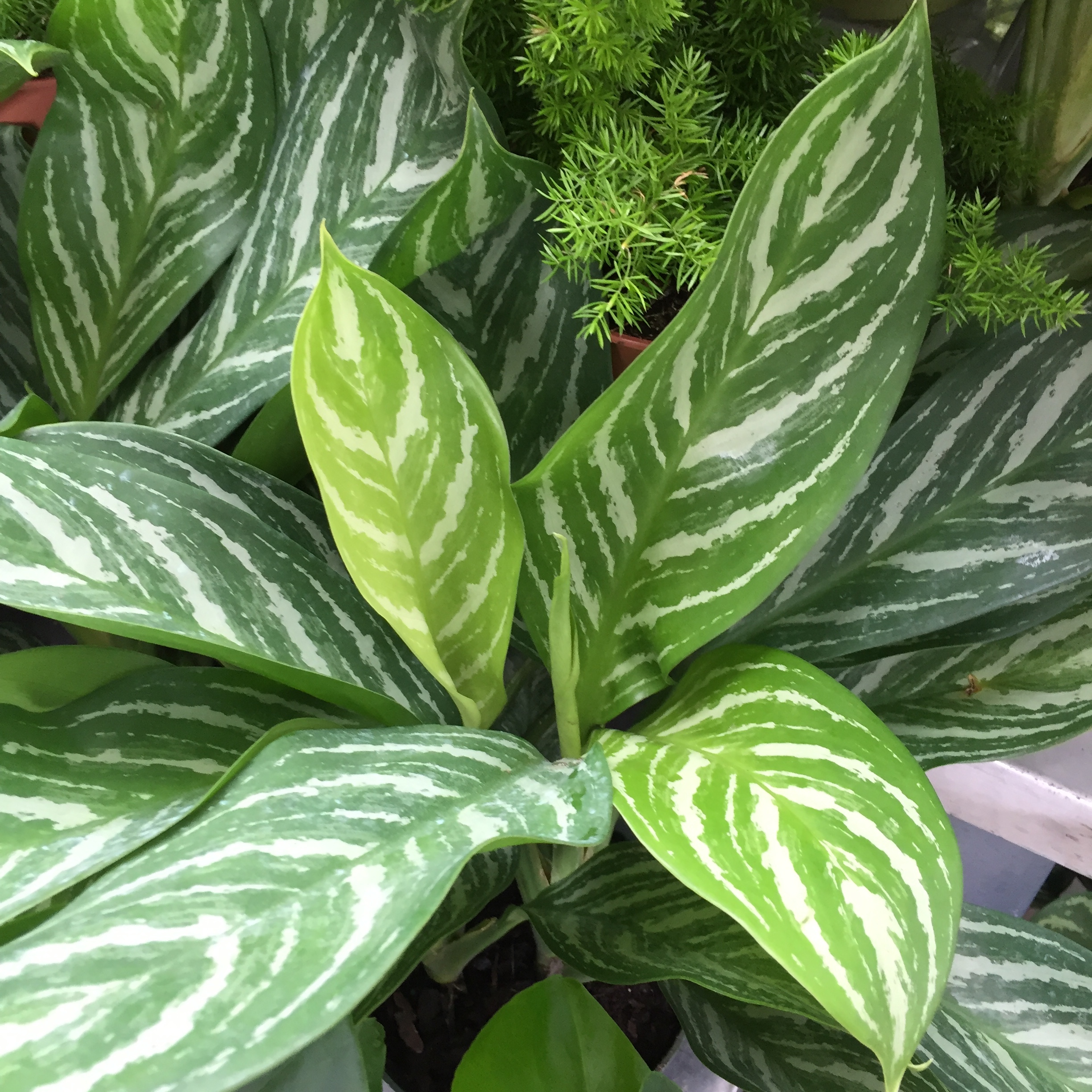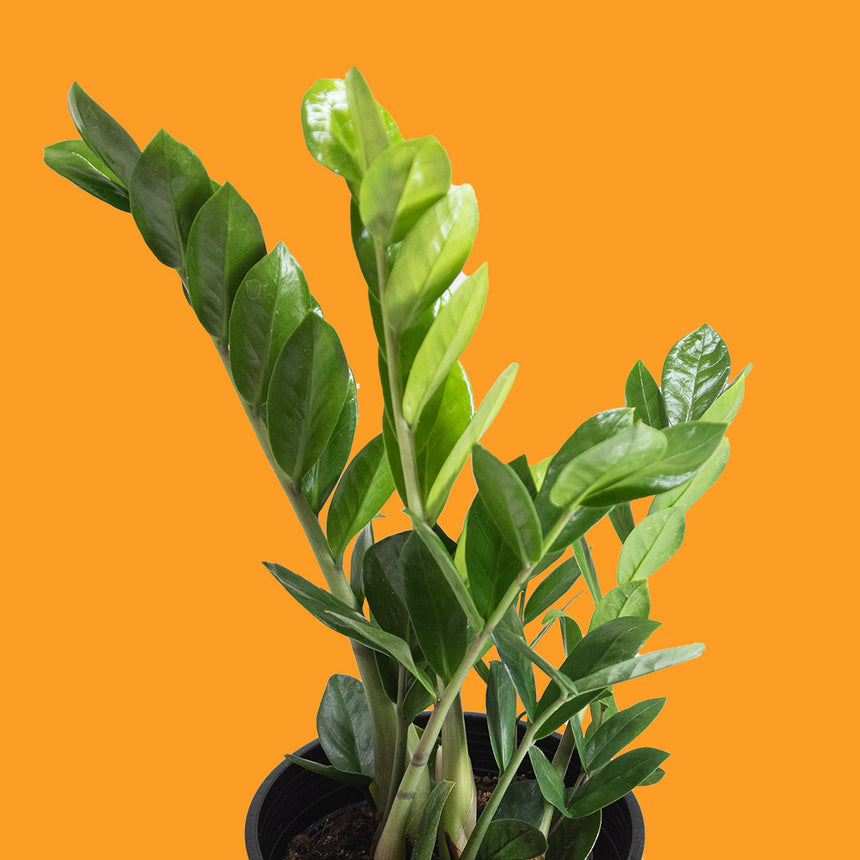Top 10 Best Low-Light Indoor Plants for Dark Rooms and Apartments
Top 10 Best Low-Light Indoor Plants for Dark Rooms and Apartments
Blog Article
Transform Your Home With Beautiful Low-Light Indoor Plants and Their Benefits
Integrating low-light indoor plants into your home can significantly improve both the visual and ecological quality of your home. These plants, which flourish in dim problems, offer not just as ornamental aspects but additionally as all-natural air purifiers, making them perfect for metropolitan residents or those with minimal sunlight direct exposure. As we discover the different kinds of low-light plants and their advantages, you might locate unexpected means to incorporate them into your home that can change your environments in ways you could not have anticipated.
Benefits of Low-Light Plants
Low-light plants use many benefits for interior atmospheres, making them an exceptional choice for both novice and seasoned garden enthusiasts. Among the key benefits is their adaptability to low-light conditions, enabling people to improve their home without the demand for extensive sunlight direct exposure. This characteristic makes them excellent for apartment or condos, workplaces, and various other areas with restricted all-natural light.

In addition, integrating low-light plants right into home design can elevate the visual allure of an area. Their rich vegetation and differed structures produce a soothing ambience, adding to total health. The visibility of greenery has been connected to decreased stress degrees and boosted performance, making low-light plants a sensible selection for enhancing both physical and mental wellness in indoor settings.
Top Low-Light Indoor Plants
While lots of interior plants grow in brilliant light, several types are specifically fit for low-light problems, making them excellent for numerous interior rooms. One prominent option is the Serpent Plant (Sansevieria), recognized for its striking upright fallen leaves and strength, requiring very little treatment. Another exceptional choice is the Pothos (Epipremnum aureum), which includes heart-shaped fallen leaves and can route beautifully from hangers or racks, thriving in reduced light and adding a rich touch.
The ZZ Plant (Zamioculcas zamiifolia) is celebrated for its shiny fallen leaves and capability to endure disregard, making it ideal for busy way of lives. The Peace Lily (Spathiphyllum) not only endures low light yet likewise produces spectacular white blooms, improving any type of space's visual.
For a distinct touch, consider the Cast Iron Plant (Aspidistra elatior), which undoubtedly meets its name, flourishing in the darkest edges of your home. The Chinese Evergreen (Aglaonema) offers a range of fallen leave patterns and colors while being remarkably flexible in low-light conditions. These plants not just beautify indoor environments yet also contribute to air filtration, boosting your home.
Care Tips for Low-Light Plants

Sprinkling techniques are important; these plants frequently choose somewhat completely dry conditions. Overwatering can bring about root rot, so make sure that the top inch of soil is completely dry before sprinkling again. Use pots with drain openings to permit excess dampness to leave.
Moisture is another crucial aspect. Numerous low-light plants, such as brushes and peace lilies, take advantage of greater humidity degrees. To boost moisture, take into consideration misting the fallen leaves or positioning a tray of water near the plants.
Fertilizing must be come close to with caution. During the growing period, use a diluted, well balanced fluid plant food on a monthly basis to support growth, but prevent feeding during the dormant cold weather.

Creative Ways to Present Plants
Interior plants can function as captivating prime focus in any type of room, improving both aesthetic allure and atmosphere. Innovative displays can boost the visual influence of low-light plants, making them an indispensable part of your home decoration. One reliable method is to use tiered plant stands, which enable you to showcase multiple plants at differing elevations while taking full advantage of floor room.
Hanging planters are an additional innovative alternative, creating a sense of depth and drawing the eye upwards. Consider macramé hangers or wall-mounted shelves to introduce an one-of-a-kind appearance and style.
For a more structured approach, use geometric terrariums or glass containers to house your plants, adding a contemporary touch to your indoor yard. You can likewise repurpose vintage items, such as teacups or wood cages, for a diverse display screen that shows your character.
Enhancing Home Ambiance With Plants
Integrating low-light plants into your home not just boosts visual allure yet likewise adds significantly to the general ambiance. These plants function as natural decor elements, presenting a feeling of harmony that can change any kind of room. The presence of greenery cultivates a relaxing environment, which is particularly advantageous in high-stress atmospheres visit their website such as office or living rooms.
Low-light plants, such as serpent plants, pothos, and ZZ plants, this page are not just aesthetically pleasing yet additionally boost interior air high quality by filtering system contaminants. This twin feature boosts the setting better, producing a much healthier space (Best low-light indoor plants). The tactical positioning of these plants can additionally influence the understanding of area; for circumstances, high plants can draw the eye up, making ceilings show up greater and spaces more sizable
Moreover, differing structures and shades of foliage add deepness to indoor layout, enabling innovative expression in home styling. Whether put on racks, in corners, or as centerpieces, low-light plants can elevate the mood of any area. In recap, including these plants into your home is an efficient means to promote a warm, inviting atmosphere while profiting of improved air high quality and visual convenience.
Conclusion
Integrating low-light interior plants into home environments offers countless advantages, including enhanced visual allure and enhanced air quality. These resistant plants, such as the Serpent Plant and Peace Lily, call for very little light and upkeep, making them appropriate for varied way of livings.
While lots of indoor plants grow in intense light, a number of types are especially fit for low-light problems, making them excellent for different interior areas. One effective technique is to utilize tiered plant stands, which permit you to display multiple plants at differing heights while maximizing flooring space.
Low-light plants, such as snake plants, pothos, and ZZ plants, are not just visually pleasing but additionally improve interior air quality by filtering system pollutants. Best low-light indoor plants. The critical placement of these plants can likewise affect the perception of area; for circumstances, high plants can draw the eye up, making ceilings show up higher and spaces extra roomy
These resistant plants, such as the Snake Plant and Tranquility Lily, require minimal light and maintenance, making them ideal for varied lifestyles.
Report this page